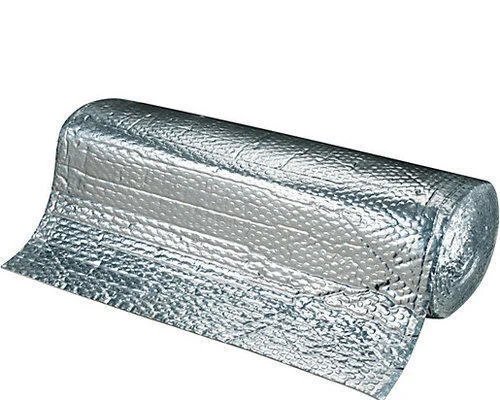
Trust Our Roof heat Insulation to Make Your adaption of good materials
Thermal insulation usually refers to the use of appropriate insulation materials and design adaptations for buildings to slow the transfer of heat through the enclosure to reduce heat loss and gain.
The transfer of heat is caused by the temperature difference between indoors and outdoors.
Heat may be transferred either by conduction, convection, or radiation. The rate of transmission is closely related to the propagating medium. Heat is lost or gained by transmission through the ceilings, walls, floors, windows, and doors.
Important Factor of thermal roof heat
This heat reduction and acquisition are usually unwelcome. It not only increases the load on the HVAC system resulting in more energy wastes but also reduces the thermal comfort of people in the building.
Thermal insulation in buildings is an important factor in achieving thermal comfort for its occupants.
The classification of Roof heat insulation materials
According to three ways of heat exchange most Roof heat insulation we used in our building can be divided into two categories: Conductive and convective insulators and radiant heat barriers. And there are more detailed classifications to distinguish between different materials.
Many Roof heat insulation materials work by creating tiny air cavity between molecules, this air cavity can largely reduce the heat exchange through the materials. But there are two exceptions which don’t use air cavity as their functional element to prevent heat transfer.
Another Roof heat insulation materials that doesn’t apply air cavity is vacuum insulation, the vacuum-insulated panels can stop all kinds of convection and conduction and it can also largely mitigate the radiation heat transfer.
But the effectiveness of vacuum insulation is also limited by the edge of the material, since the edge of the vacuum panel can form a thermal bridge which leads to a reduction of the effectiveness of the vacuum insulation. The effectiveness of the vacuum insulation is also related to the area of the vacuum panels.
What material is best for roof cooling?
Some common cool roof materials include membranes, shingles, coatings, stone/rock, metal, and tile with high solar reflectance. Other cool roof strategies include ballasted roofing and green roofs.
Due to the assistance of our experienced and capable team members, we are engaged in providing excellent quality products in limited time frame. Reasons which have turned up to be the most preference of our valued patrons include:
- Experienced professionals
- Strict quality standards
- Competitive prices
- Timely delivery
- Positive records
- Wide distribution network
- Streamlined business operations



